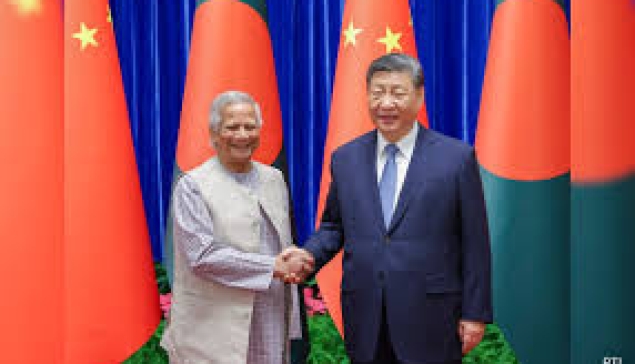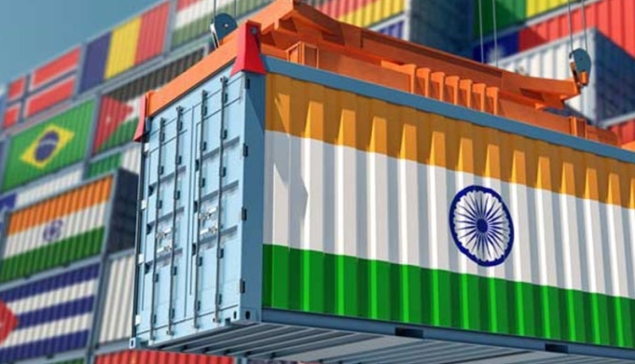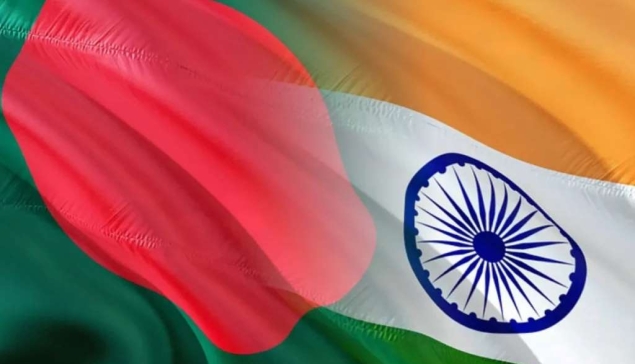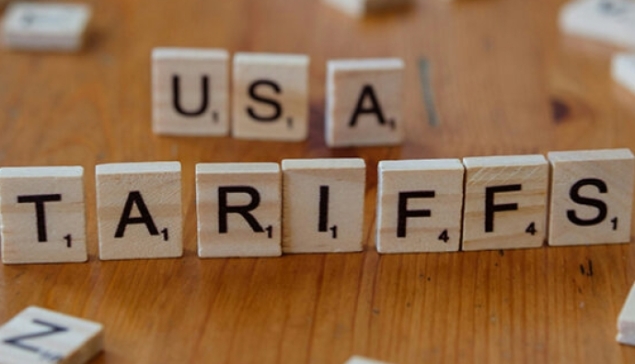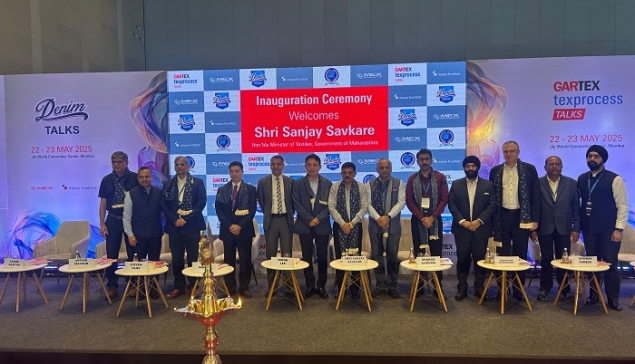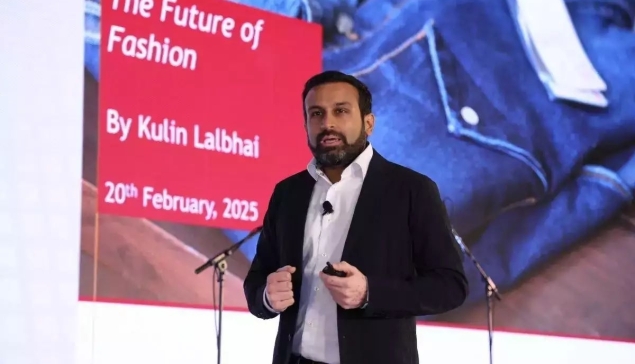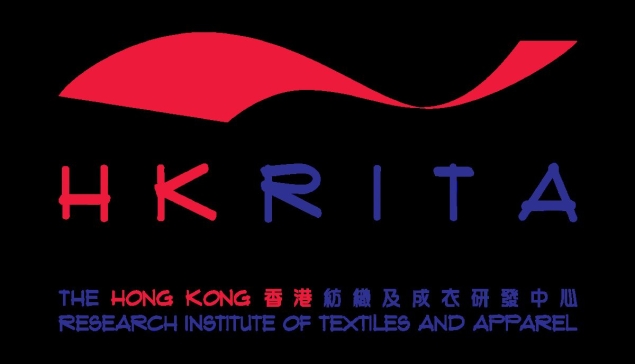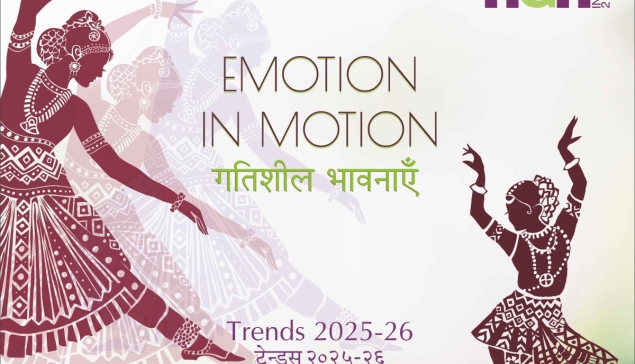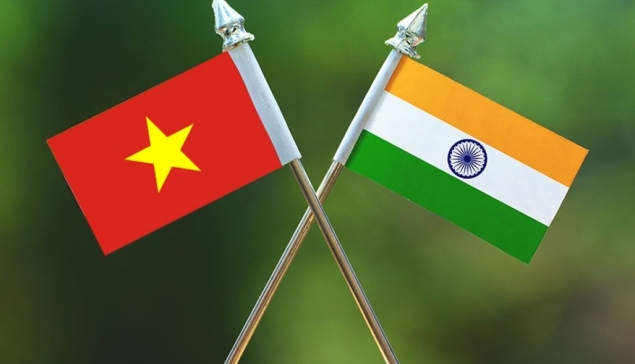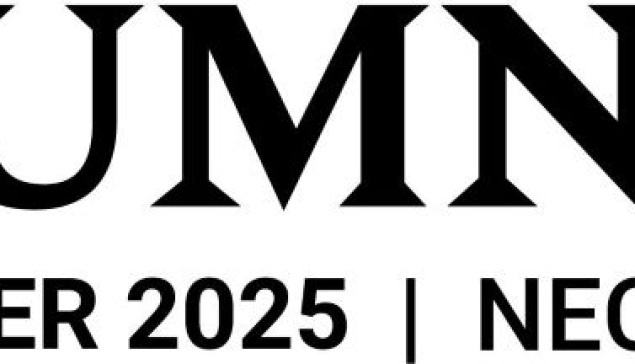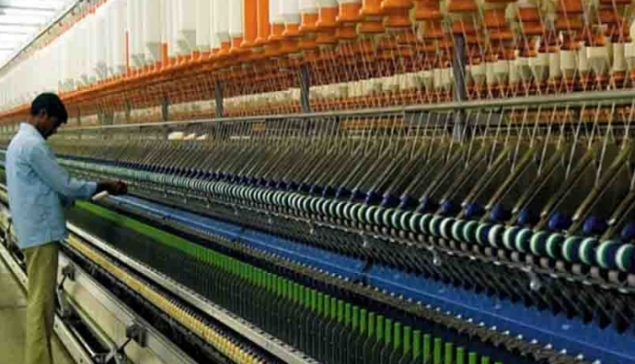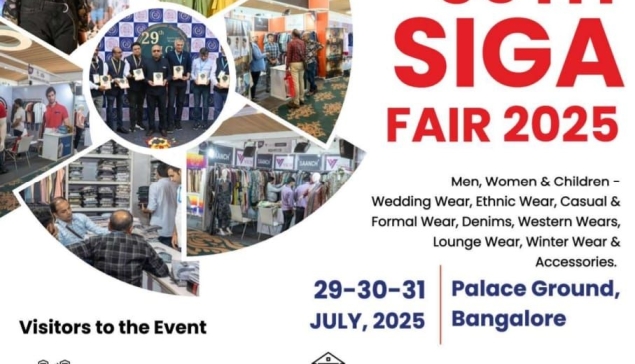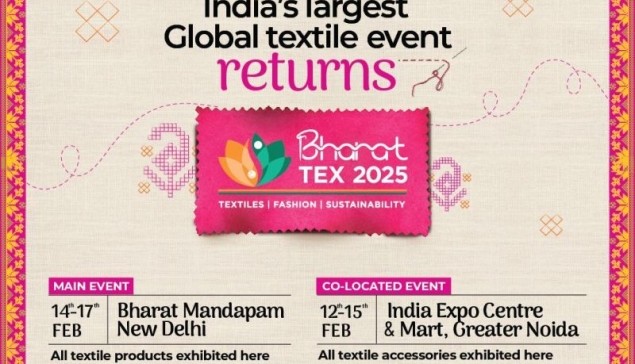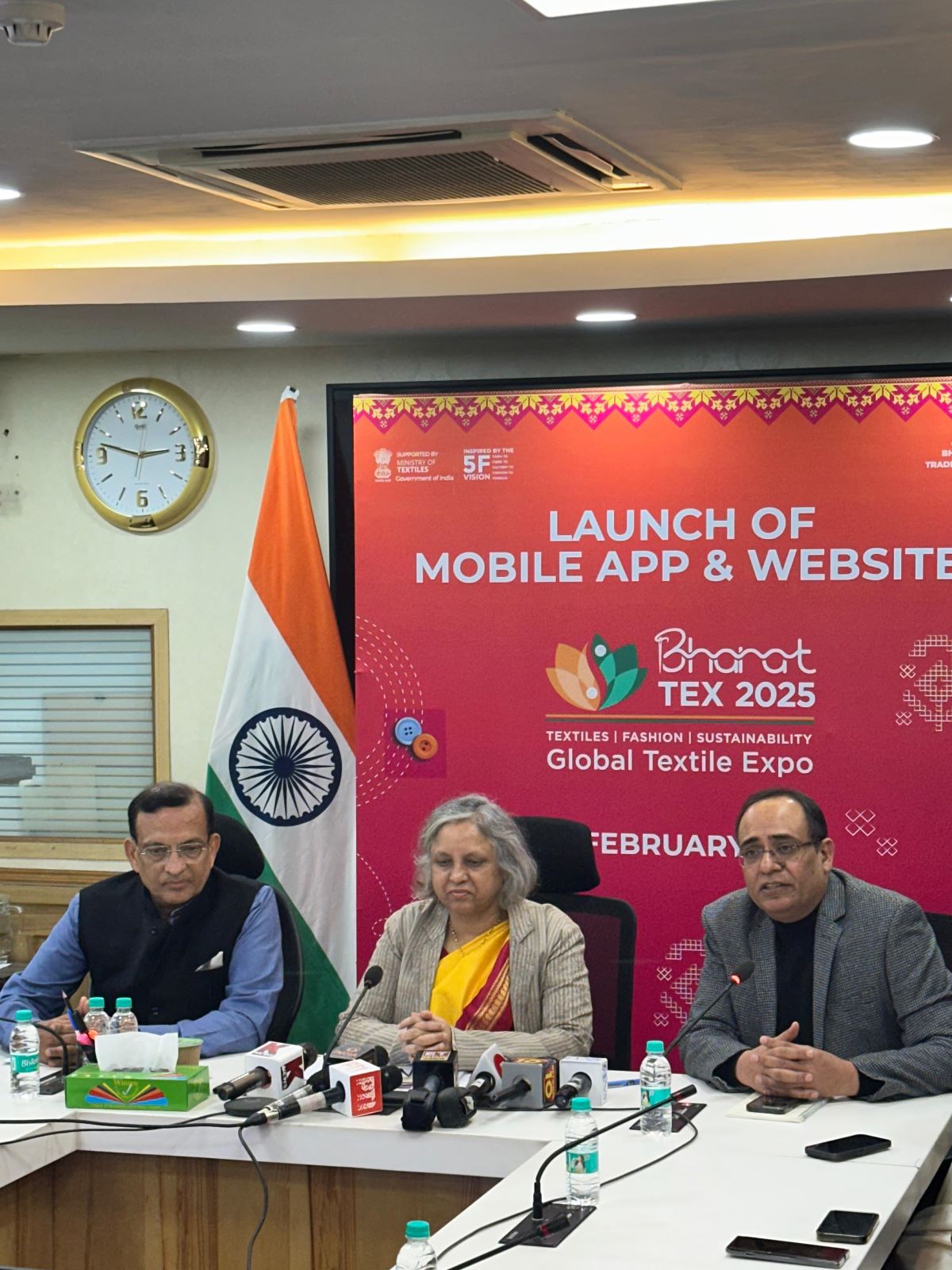India's textile industry, having a time-honored legacy, is set for a palpable shift that will impact the fashion industry landscape.
The forthcoming launch of the much-awaited INDIAsize initiative aims to establish standardized apparel sizes tailored to the physiques of Indians, who are inherently very diverse because India is a large country.
This initiative has been in the works for long enough and is all set to be unpacked at none other than "Bharat Tex 2025," happening later this month in New Delhi & Noida (U.P.).
Hon'ble Textiles Secretary Ms. Neelam Shami Rao has recently announced that the Ministry of Textiles (MoT) to share comprehensive anthropometric data (CAD) as a consultative approach with the industry for the review and feedback/feedback to the feedforward mechanism before finalizing the new sizing standards for retail clothing.
Moreover, this exercise will include a series of masterclass sessions designed to engage industry stakeholders. The public release of the data will allow for crucial input, ensuring the final standards accurately reflect the nuances of Indian body shapes.
Interestingly, Ms. Rao's official announcement came alongside the impactful launch of the Bharat Tex 2025 app and website, which was very well received.
This major textile event is to be held on February 14-17, 2025, and is expected to be a big draw. It is touted to be a festival of textiles with a grand projection of more than 5,000 exhibitors, 6,000 global buyers representing over 120 countries, and over 120,000 attendees/visitors.
As things stand, apparel brands/global retailers operating in the Indian clothing market typically tend to adhere to/stick to sizing standards based on Western markets such as US or UK body types, which does not augur well.
And plausibly these Western measurements prove grossly inadequate/disproportionate for Indian buyers/consumers due to the inherent differences in height, weight, and similarly in other key body dimensions.
Therefore, the INDIAsize project aims to resolve these fitting issues by staking a standardized sizing system particularly designed for India's apparel market.

